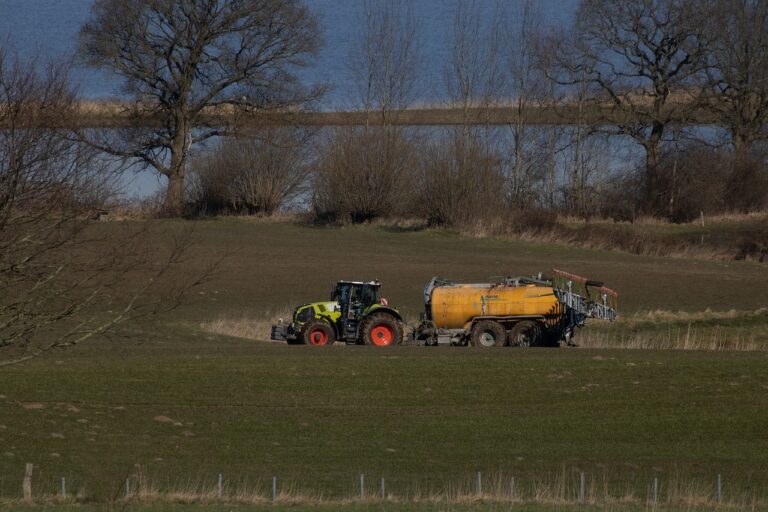Exploring the Potential of Airless Tires in Reducing Maintenance Costs
In today’s rapidly evolving automotive industry, the demand for innovation in tire technology has never been greater. As vehicles become more advanced and versatile, the need for tires that can keep up with these developments becomes increasingly apparent. Traditional tires are no longer sufficient to meet the challenges posed by modern vehicles and the ever-changing landscape of road conditions.
One of the key drivers behind the push for innovation in tire technology is the growing focus on sustainability and environmental impact. As concerns about climate change and carbon emissions continue to mount, there is a greater emphasis on developing tires that are more eco-friendly and energy-efficient. Manufacturers are therefore under pressure to come up with new, innovative solutions that not only improve performance but also reduce the environmental footprint of their products.
The Advantages of Airless Tires
Airless tires, also known as non-pneumatic tires, offer several key advantages over traditional pneumatic tires. One of the most significant benefits is their enhanced durability. These tires are designed to be puncture-proof, eliminating the need to worry about flat tires caused by sharp objects on the road. This feature alone provides peace of mind to drivers and reduces the likelihood of unexpected breakdowns due to tire damage.
Additionally, airless tires require minimal maintenance compared to their pneumatic counterparts. With no air pressure to monitor or adjust, drivers can enjoy a hassle-free driving experience without the need for regular tire inflation checks. This not only saves time but also reduces the overall cost of ownership by eliminating the need for frequent visits to the gas station or tire service center for tire maintenance.
What are airless tires?
Airless tires, also known as non-pneumatic tires, are tires that do not require air pressure to function.
What are the advantages of airless tires?
Airless tires are puncture-proof, maintenance-free, and provide a more stable and comfortable ride compared to traditional pneumatic tires.
Are airless tires more expensive than traditional tires?
Airless tires may have a higher upfront cost, but they often last longer and require less maintenance, which can result in cost savings over time.
Can airless tires be used on all types of vehicles?
Airless tires are currently being developed for a variety of vehicles, including bicycles, cars, and off-road vehicles.
Are there any drawbacks to using airless tires?
Some potential drawbacks of airless tires include a slightly heavier weight and a limited availability compared to traditional tires.
How do airless tires contribute to sustainability?
Airless tires reduce the need for tire replacement and maintenance, leading to less waste and a smaller environmental footprint in the long run.





